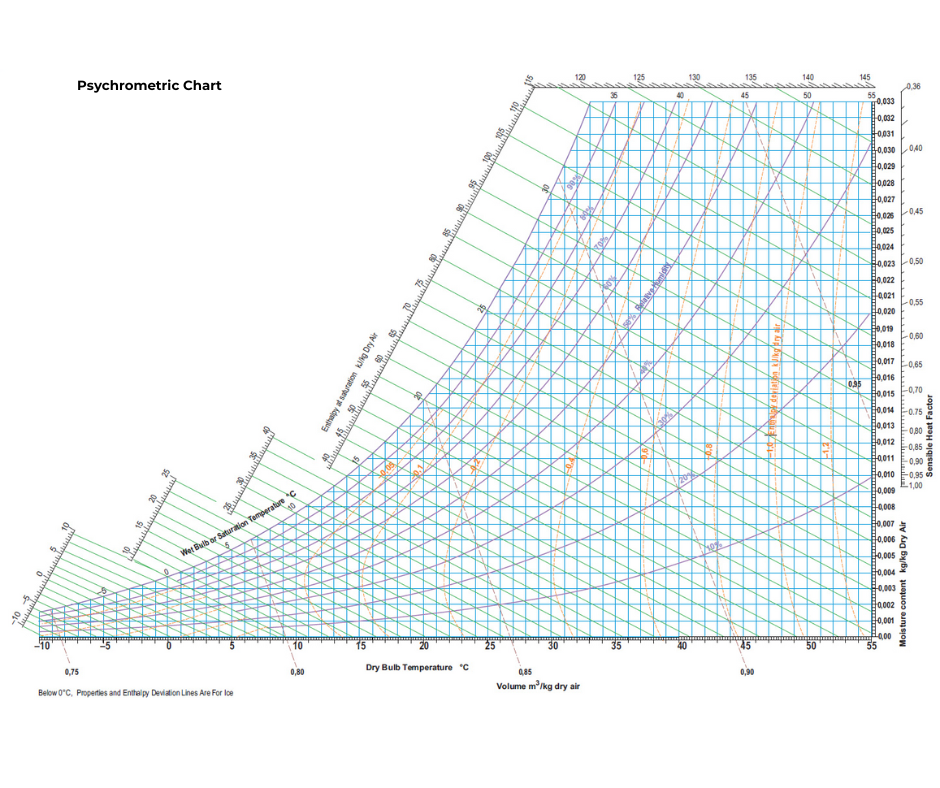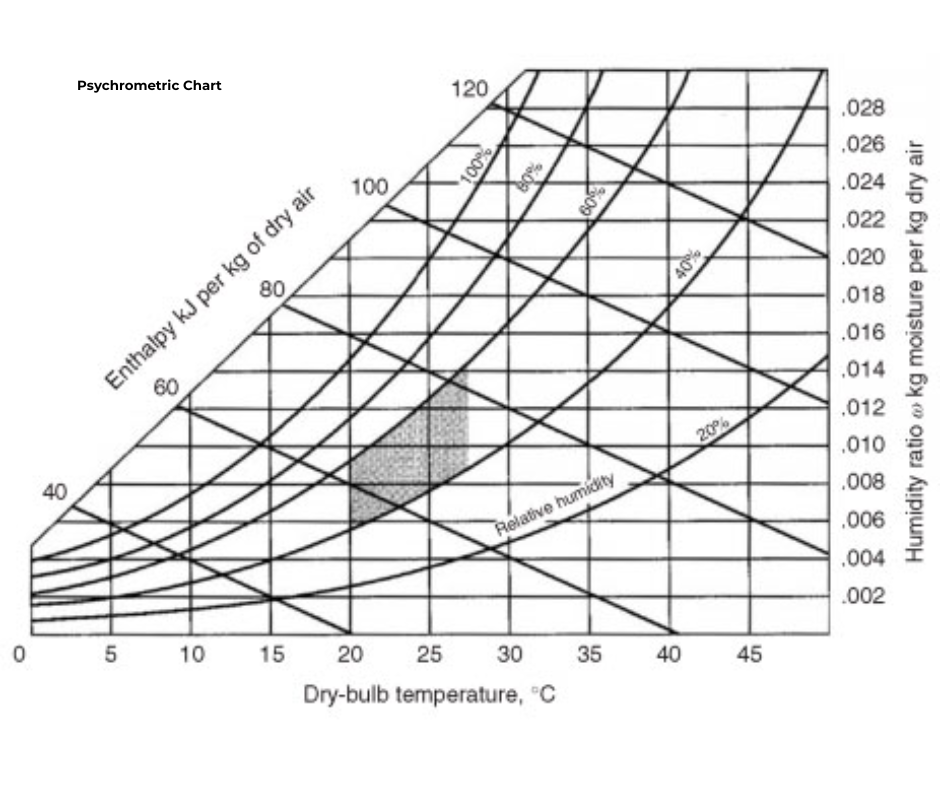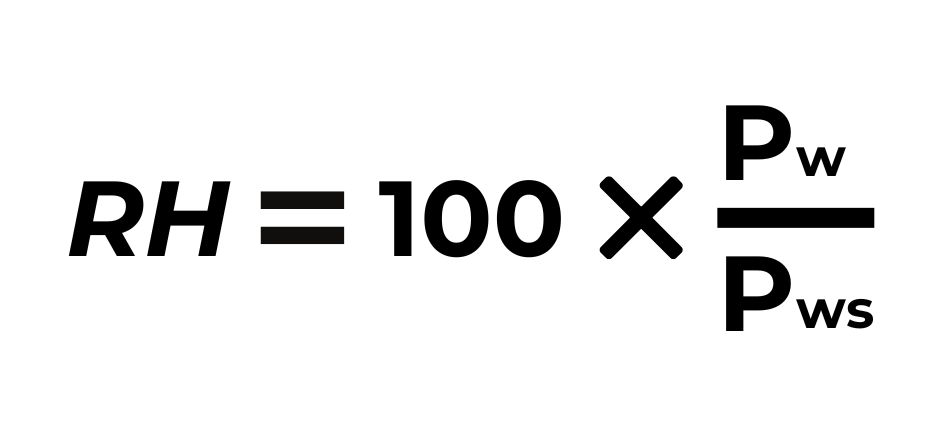By Jocelyn Hare McLaughlin
Psychrometry is a critical aspect of water restoration, and it is essential for water restoration professionals to understand it. Psychrometry is the study of the properties of air and water vapor, and it is essential to know when drying out a wet structure. When a structure has been damaged by water, it is important to know the humidity and temperature of the air, the amount of moisture in the air, and the amount of moisture in the materials within the structure. This information is critical to determine the best way to dry out the structure effectively.
The psychrometric chart is a tool that helps water restoration professionals determine the properties of air and water vapor. It is a graph that shows the relationship between air temperature, humidity, and moisture content. Using the psychrometric chart, restoration professionals can determine the dew point, wet bulb temperature, and other important parameters.


One of the most critical factors in psychrometry is relative humidity. Relative humidity (RH) is the amount of moisture in the air compared to the maximum amount of moisture that the air can hold at a given temperature. RH is expressed as a percentage, and it is critical to maintaining the proper RH level during the drying process. If the relative humidity is too high, the air will be saturated, and moisture will not be able to evaporate from wet materials. On the other hand, if the relative humidity is too low, the drying process will be slow and inefficient.

Another important factor in psychrometry is the specific humidity. Specific humidity is the actual amount of moisture in the air. It is measured in grains of moisture per pound of dry air. Knowing the specific humidity is essential for calculating the amount of moisture that needs to be removed from the structure to achieve the desired level of dryness.
The final factor to consider is temperature. The temperature of the air and materials within the structure will affect the rate of evaporation. The higher the temperature, the faster the drying process will be, but it is important to monitor the temperature to prevent damage to the structure and to ensure safety.
In conclusion, psychrometry is a critical aspect of water restoration, and it is essential for water restoration professionals to understand it. The psychrometric chart is a valuable tool that helps determine the properties of air and water vapor, and relative humidity, specific humidity, and temperature are all critical factors in the drying process. Proper monitoring and understanding of these factors will help ensure an efficient and effective drying process, leading to a successful water restoration job.
